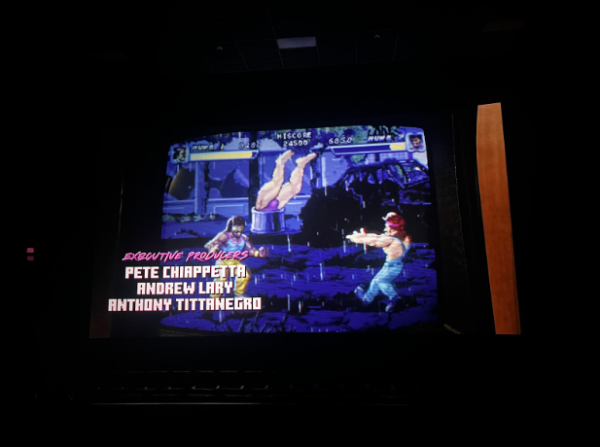Farewell to food waste
A half-eaten ice cream cone. An untouched burger with the cheese still oozing out. And, of course, mountains of bread crusts, savagely and carelessly ripped off countless peanut-butter-jelly sandwiches. Walking out of the lunch room as the bell rang, I was stupefied to see the teeming piles of discarded food tossed into the already overflowing trash can by nonchalant high school students. These miniscule actions may seem insignificant; after all, what’s a discarded burger here or there? But every year, Feeding America says approximately 108 billion tons of food are thrown away in the US, with 530,000 tons of it attributed to school cafeterias. This crisis is horrendous for our already-floundering environment and exacerbates the food scarcity crisis in more underdeveloped parts of the world. Thankfully, there are numerous initiatives that we can start right now to combat this problem.
To dig deeper into the food waste situation at Hinsdale Central, I interviewed our school’s food service director and was pleasantly surprised to discover that Quest, Hinsdale Central’s lunch provider, is already taking initiatives to combat food waste. Quest records its waste daily, and although about 5 pounds of peelings are thrown away each day, they nevertheless try to repurpose leftovers, reuse oil for frying, and use a batch cooking technique that prevents excessive waste. Unfortunately, once the food exits the kitchens and enters the lunchroom, there is not much that can be done to hamper wastage – and this is where most of the food waste occurs, which is why we need to institute a paradigm shift among students.
There are a myriad of possible solutions to this seemingly daunting problem, if only we will open our eyes to allow ourselves to view the severity and complexity of this issue. We must educate both students and staff better about this topic. For instance, in order to avoid excess in the first place, cafeterias can serve more appealing meals. When students are presented with options that they find more alluring, they are less likely to waste. Not only that, when we are pressed for time and can’t finish everything, we can share food with friends or save it to eat for later. Another even simpler but effective solution would be to increase lunch time, thus permitting more time to finish their food. If there truly seems to be no option left – like when facing that mystery meatloaf, schools can donate untouched leftovers to charities or install food composters and educate students on how to use them correctly.
Katherine Porter once said, “You waste life when you waste good food.” It will undoubtedly benefit our entire community as a whole if we make minor changes to Hinsdale Central’s cafeteria program while simultaneously inspiring a paradigm shift in students’ attitudes towards food waste. 805 million people are going to bed hungry each night. Let’s change that today, one small scrap saved at a time.














